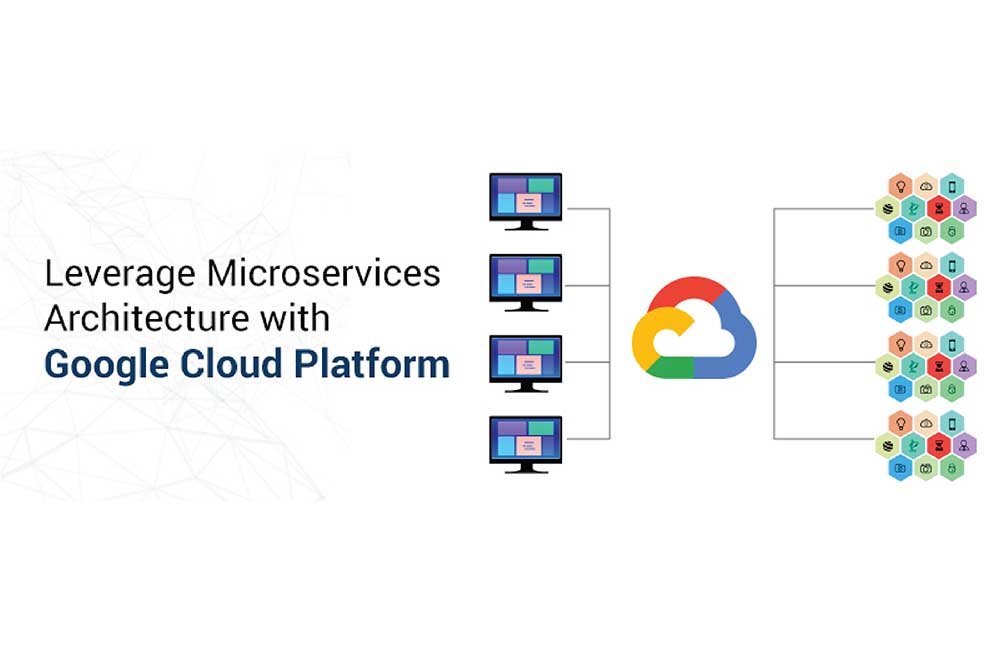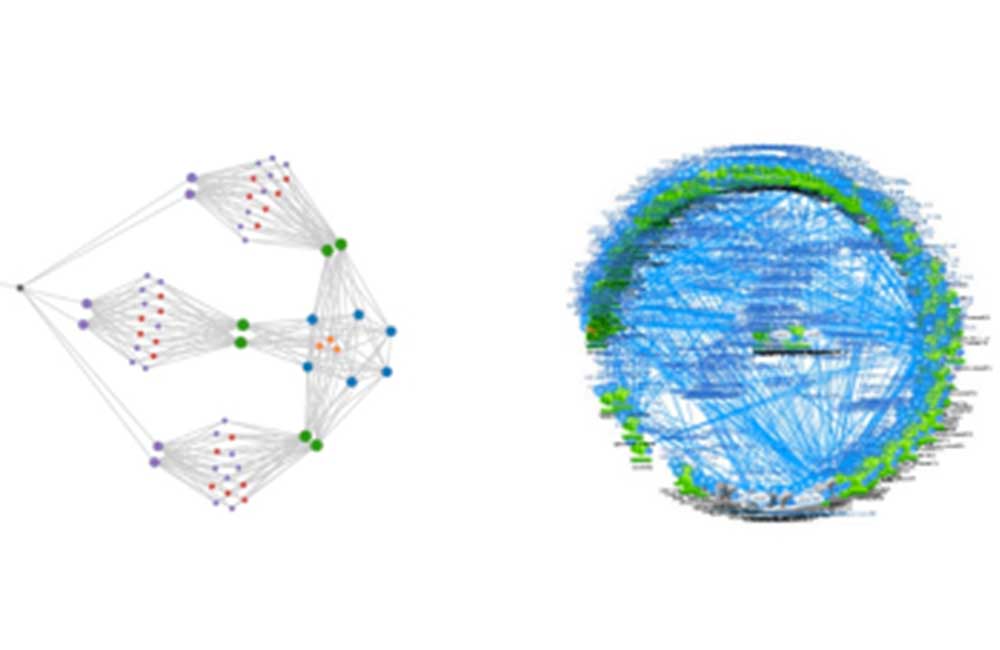
In this article, we will list 7 advantages of opting for a microservice architecture that breaks down complex systems into small parts and gives flexibility in software development and deployment processes.

The microservice architecture, which brings flexibility and agility to application development processes, envisages separating complex software into building blocks that can be developed separately and work independently of each other. Microservice architecture, which allows to eliminate the error points revealed by the monolithic architecture used in the past and to create easily scalable software, is increasingly adopted in the business world as an indispensable part of cloud platforms.
A study conducted by global technology market research firm Vanson Bourne shows that 84% of organizations are beginning to reap the benefits of microservices architecture, while a study by Allied Market Research predicts that the microservices market will expand at a compound growth rate of 18.6% each year through 2026.
So, what kind of advantages does the microservice approach, which we have given the answers to questions such as “what is microservice, what does it do” in our article, offer to businesses that carry out their business in the digital environment? In this article, we will try to summarize in 7 items what microservice architecture, also known as microservice, brings to businesses.
1. Scalability
The capacity of each microservice to operate autonomously makes it easy to add, remove, update, and scale individual microservices. While more physical servers are needed when the need for performance increases for the uninterrupted flow of business processes in monolithic structures, microservices running on cloud platforms allow to manage performance more effectively with the help of the container approach. When the demand for a service increases, more resources are allocated to microservices, which are only affected by increased demand. Container managers like Kubernetes can automatically scale microservices, providing more processing power as needed.
Netflix, which experienced a three-day access difficulty in the last months of 2008, distributed its monolithic application to hundreds of microservices, thus allowing all processes to flow on their own. This eliminated performance-related access challenges. Today, Netflix’s microservice structure looks like the following.

2. Durability
In the microservice architecture, each module operates independently of the others. This leads to a decrease in fault tolerance, which is one of the most important problems of monolithic systems. For example, in a monolithic system, a fault that can be seen in a single service can render the whole system nonfunctional. In the microservice architecture, the failure of a service is unlikely to adversely affect the entire application. Many applications built with microservice architectures and running on cloud platforms are often connected to different applications through application programming interfaces (APIs), and the complete shutdown of an application can cause problems in other applications to which it is connected. Considering that users expect uninterrupted access and error-free usage experience from mobile applications, it is important to be able to make possible improvements and bug fixes as much as possible without reflecting them to the front face.
3. Flexibility
The microservices architecture also provides flexibility in terms of the technology, library, and languages that the development team will use in their application development processes. Because microservices coded in different software languages can be connected to each other even if they work on different platforms. At this point, developer teams are free to choose a coding language that will fully meet their project and the needs of the respective application or module. For example, while some applications require a low-latency and highly efficient architecture, and while there are already up-to-date and better technologies in place to develop such an application, it is not necessary to depend on the software language shared by the overall system.
4. Security
The security topic is also associated with the concept of single point of failure, namely SPoF (single point of failure). In the monolithic approach, while the entire application works interdependently, a security breach in the system endangers the entire application. Each small service developed in a microservice architecture uses secure APIs to connect to each other. Secure APIs make the data they process accessible only to specially authorized applications, users, and servers. At this point, sensitive data such as health information and financial history can be much better protected.
5. Speed
We have already mentioned that microservice architecture offers scalable structures. Scalability makes it possible for microservices to be developed more easily, updated faster, potential errors to be eliminated more quickly, and products to be available in much shorter times. In companies that prioritize product-oriented growth, development teams that focus on different products can run independent processes and don’t have to wait for slower projects. Microservices also supports the philosophy of continuous integration, continuous delivery, continuous distribution, abbreviated as CI/CD/CD (continuous integration, continuous delivery, continuous deployment). In other words, developer teams can create the first working version of an app, feature, or module (minimum viable product | MVP) can quickly produce, roll out, and maintain updates to this version at the same rate. This enables users to create digital products that are constantly evolving and moving forward.
6. DevOps agility
DevOps, which is defined as a culture that names the continuous collaboration between software development and maintenance processes, is a concept related to agility in product development stages. Microservice-based architectures enable new experiments on new features as required by agility, while minimizing business risk. New features are easy to try, and if they don’t work, they can be quickly rolled back. This reduces businesses’ dependence on technologies and vendors, and shortens the time it takes to respond to users’ demands.
7. Smaller teams
The small size of software development teams has a positive effect on business efficiency, team management and the speed of achieving goals, while saving on licensing and expert human resources costs. Because smaller teams can focus well on the product they’re working on, the result is often quality. Since microservice architecture envisages breaking down a complex system into building blocks, the organizational structure of software teams can be designed in this context. Developer teams of a few people benefit from being able to work more closely, focusing on a small service that serves to improve the overall system. With such a working methodology, each developer has the opportunity to get to know his colleagues better, build a relationship of trust and unite around a common motivation.
Microservice offerings on Google Cloud Platform
Google Cloud is contributing to the digital transformation of businesses with solutions based on the container approach and microservices architecture. Called Google Compute Engine, it gives businesses the ability to build their own Kubernetes infrastructure, while Google Kubernetes Engine makes container management easier. Google Cloud Run implements a serverless container architecture, while Google App Engine adapts the concept of platform-as-a-service to every industry.
Global IT, which has been operating since 2006, is dedicating its expertise to Google products and services as the first next-generation technology solutions consultancy company to introduce Google services to Turkey. Global IT, which has put an end to more than 3,300 projects in its 16 years of experience and carried more than 700 companies to cloud platforms in a very short time, offers digitalization, modernization and innovation consultancy in a wide range of industries from e-commerce to production, from logistics to software providers.


